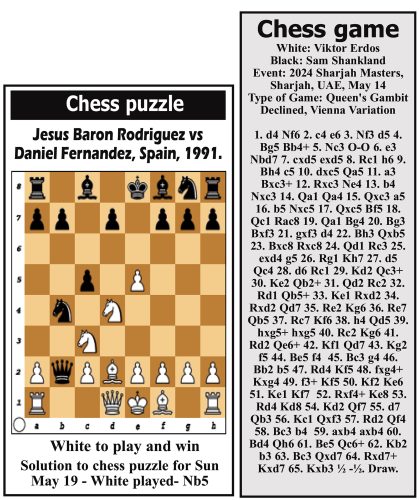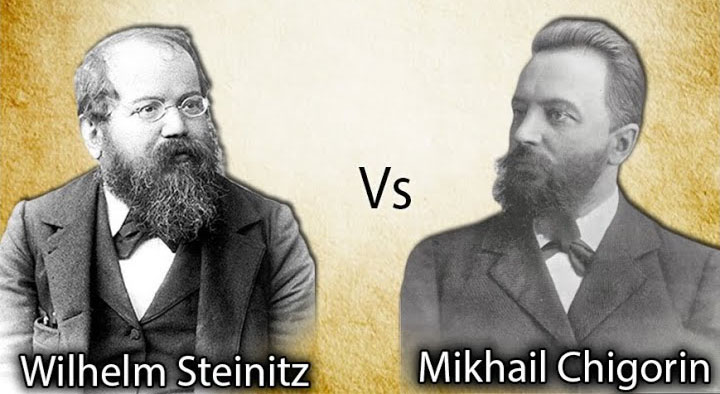 The dictionary of chess defines a blunder as a move so inferior in one’s standard of play as to be inexplicable on purely technical grounds. In simpler terms, a blunder is a bad or inaccurate move which gives one’s opponent a great advantage. According to Wikipedia, a blunder severely worsens a player’s situation by allowing a loss of material, checkmate or anything similar. Time trouble in chess, overconfidence and carelessness are some of the primary causes for blunders.
The dictionary of chess defines a blunder as a move so inferior in one’s standard of play as to be inexplicable on purely technical grounds. In simpler terms, a blunder is a bad or inaccurate move which gives one’s opponent a great advantage. According to Wikipedia, a blunder severely worsens a player’s situation by allowing a loss of material, checkmate or anything similar. Time trouble in chess, overconfidence and carelessness are some of the primary causes for blunders.
Blunders are most common among novice or amateur players. But anyone can make blunders, even grandmasters. Among the examples I examined in relation to grandmasters, I chose a blunder made in the World Championship match between Mikhail Chigorin and world champion Wilhelm Steinitz in 1892.
 Even a beginner in chess can understand the manner in which Chigorin went wrong. He removed the only defender of the h2 pawn, thereby inviting immediately a checkmate. The game can be found on the internet for people who want to replay it.
Even a beginner in chess can understand the manner in which Chigorin went wrong. He removed the only defender of the h2 pawn, thereby inviting immediately a checkmate. The game can be found on the internet for people who want to replay it.
Experts have said a solid technique in chess is to create opportunities for your opponent to blunder. This is an important skill and it is not easy to acquire. Getting oneself into time trouble is in itself making a blunder. It affects a player in the long run. Chess players experience blunders owing to faulty thought processes, where we do not consider the opponent’s forcing moves. We must take into account checks, captures and threats before we venture forth with the selected move. Neglecting these possibilities leaves a player vulnerable to tactical errors.








